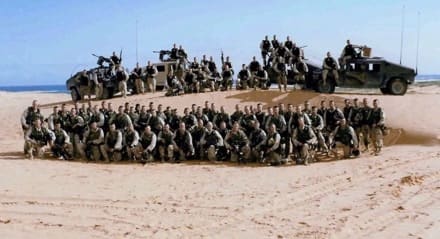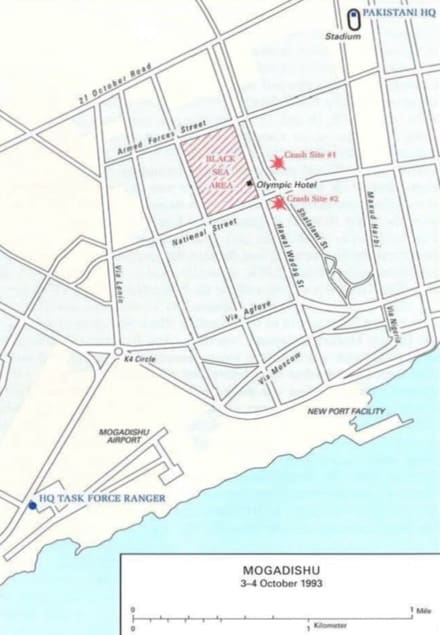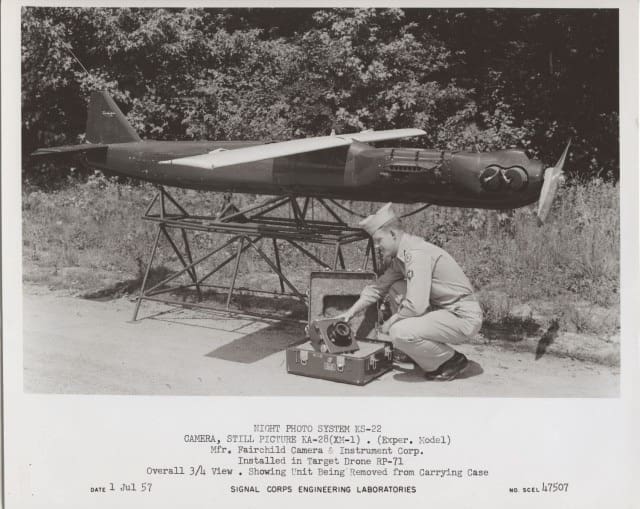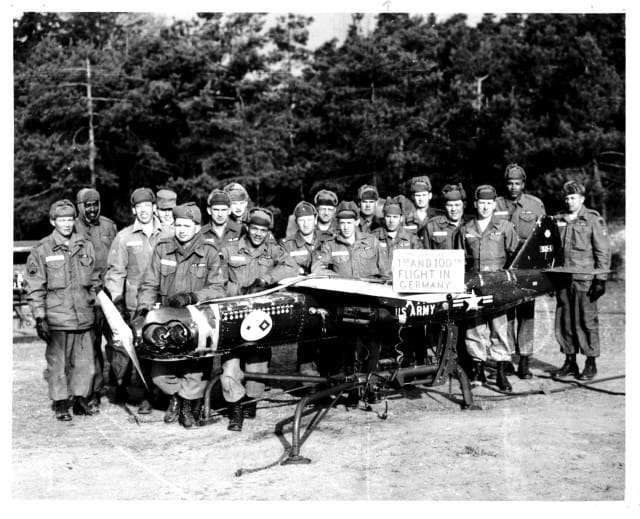
FORT LEE, Va. — Medal of Honor recipient Pvt. Fitz Lee was honored today during a ceremony renaming the installation after him.
The ceremony, which took place at the U.S. Army Ordnance Training Support Facility, featured the unveiling of new signage displaying “Fort Lee,” which will be installed at all garrison access control points. Additionally, the Sustainment Gate was renamed Lee Gate, and Sustainment Avenue was changed to Lee Avenue.

“Today, we gather not simply to unveil a new name for this installation, but to honor the full arc of service, sacrifice and commitment that has defined it for generations,” said Maj. Gen. Michelle Donahue, commanding general of the Combined Arms Support Command and Fort Lee. “We gather with respect, to celebrate the legacy of all who have served here and to look forward to the future.”
Donahue also acknowledged the installation’s previous namesakes, Lt. Gen. Arthur Gregg and Lt. Col. Charity Adams, praising their pioneering service, leadership and perseverance.

“Their stories will remain vital parts of this installation and our museum collections,” she stated. “We are committed to ensuring their legacies are preserved and honored as they helped shape this post into the center of excellence it is today.”
Lee enlisted in the Army as a private in 1889 and served with the 10th Cavalry, known as “Buffalo Soldiers,” during the Spanish-American War.

“We honor our installation with the legacy of Pvt. Fitz Lee who was a native of Dinwiddie County, a Buffalo Soldier and a Medal of Honor recipient,” said Col. Rich Bendelewski, Fort Lee garrison commander.
Lee earned the Medal of Honor for his exceptional courage during a daring rescue mission in Cuba in June 1898.
“We are proud and excited to be here today honoring our fellow Buffalo Soldier Pvt. Fitz Lee,” said Trooper Nina Amos, National President of the 9th & 10th (Horse) Calvary Association. “Lee was a Soldier who served with honor, integrity, valor and conviction.” Lee was awarded the Medal of Honor during the War with Spain.

As he was boarding transport ships bound for Cuba, Lee, along with 50 other troopers, was chosen for a special assignment behind enemy lines to reinforce and resupply Cuban fighters seeking liberation from Spanish rule, according to the National Park Service’s Charles Young Buffalo Soldiers National Monument website.
On June 30, 1898, Cuban freedom fighters and some American volunteers aboard the U.S.S. Florida attempted an amphibious landing at Tayacoba, Cuba. The landing party immediately engaged with Spanish soldiers from a nearby blockhouse. The Cubans and Americans retreated, leaving behind a group of wounded comrades. After four failed attempts, U.S. commanders decided to try one last time to retrieve the survivors.

Lee and three other Buffalo Soldiers answered the call. They rowed ashore amid intense small arms fire, and upon reaching the shore, located the survivors and brought them safely back to the U.S.S. Florida, the site stated.
“That kind of courage – deliberate, determined and selfless – defines the very best of our Army,” Donahue said. “Pvt. Lee didn’t act for recognition. He acted because it was the right thing to do. Because that’s what Soldiers do.”
Lee was born in June 1866 in Dinwiddie County, Virginia, which is only a few miles from the installation that bears his name.
“A name is never just a name – it’s a reflection of our values, our history and our aspirations,” said Kevin Massengill, Dinwiddie County administrator. “This base has always been more than a neighbor to Dinwiddie; it’s been a family.”

For more than a century, our residents have worn its uniform, worked its gates and supported its mission, he said.
“By bearing the name of our own, Fort Lee now tells a story rooted in this land – one that speaks not only of a history we inherited, but a legacy we choose to honor: a Dinwiddie son,” Massengill said.
Lee’s health declined quickly after the rescue mission. He received his Medal of Honor while he was in the hospital on June 23, 1899, at Fort Bliss, Texas, and was medically discharged from the Army on July 5, 1899.

Lee moved to Leavenworth, Kansas, after discharge to live with fellow retired Buffalo Soldiers. He died at the home of a friend on Sept. 14, 1899, and was buried with full military honors at Fort Leavenworth National Cemetery.

“By bearing his name, this installation deepens its connection to our local heritage and our Army’s enduring values,” Donahue said. “Fitz Lee’s legacy is one of bravery, humility and unwavering commitment – qualities we must all strive to embody.”

“Fort Lee will continue to be a place where Soldiers are forged, leaders are developed, and the strength of our Army is sustained,” Donahue concluded. “Let us carry that responsibility with pride, with humility, and with an unwavering commitment to excellence.”
By Ericka Gillespie and Jefferson Wolfe







































































































































